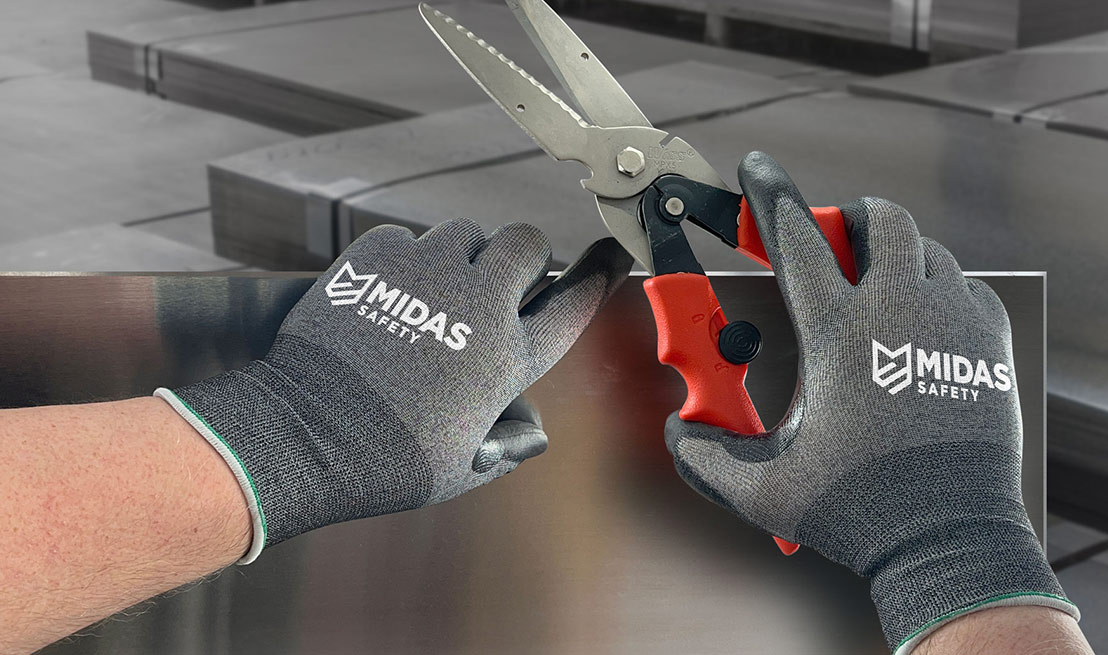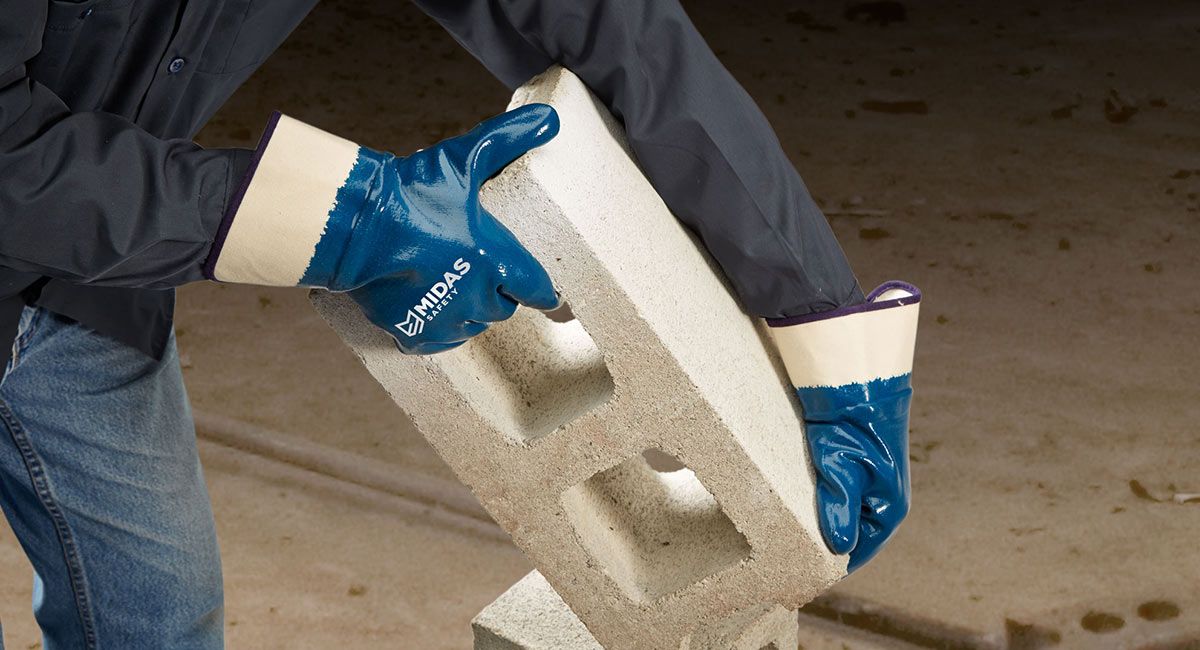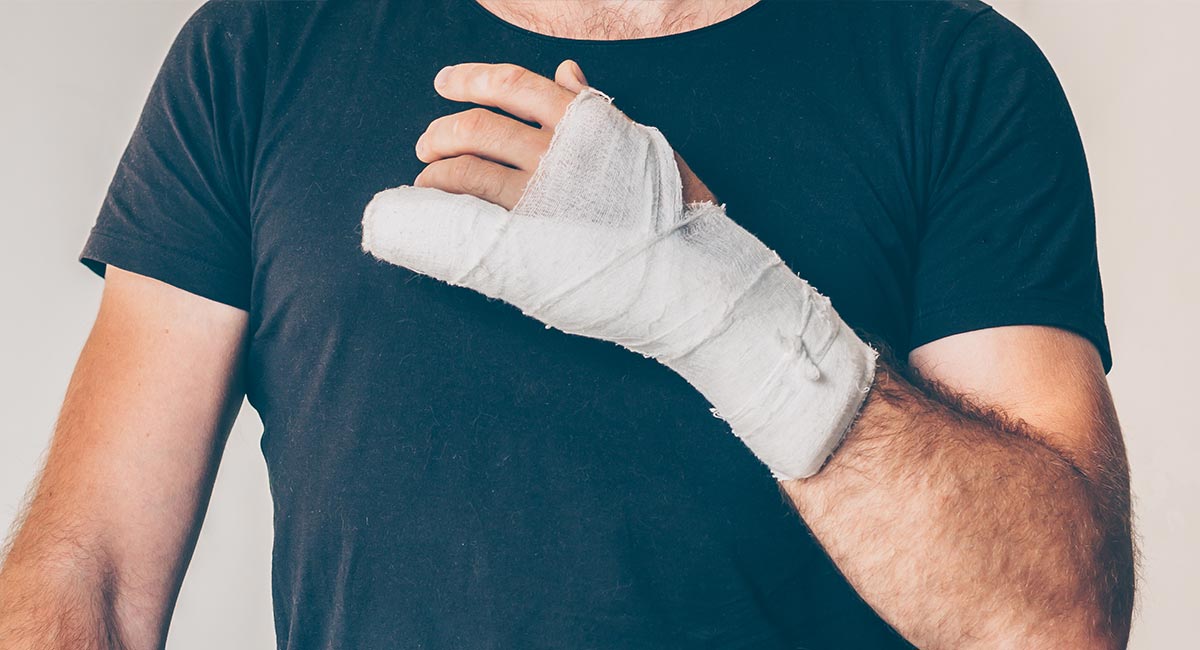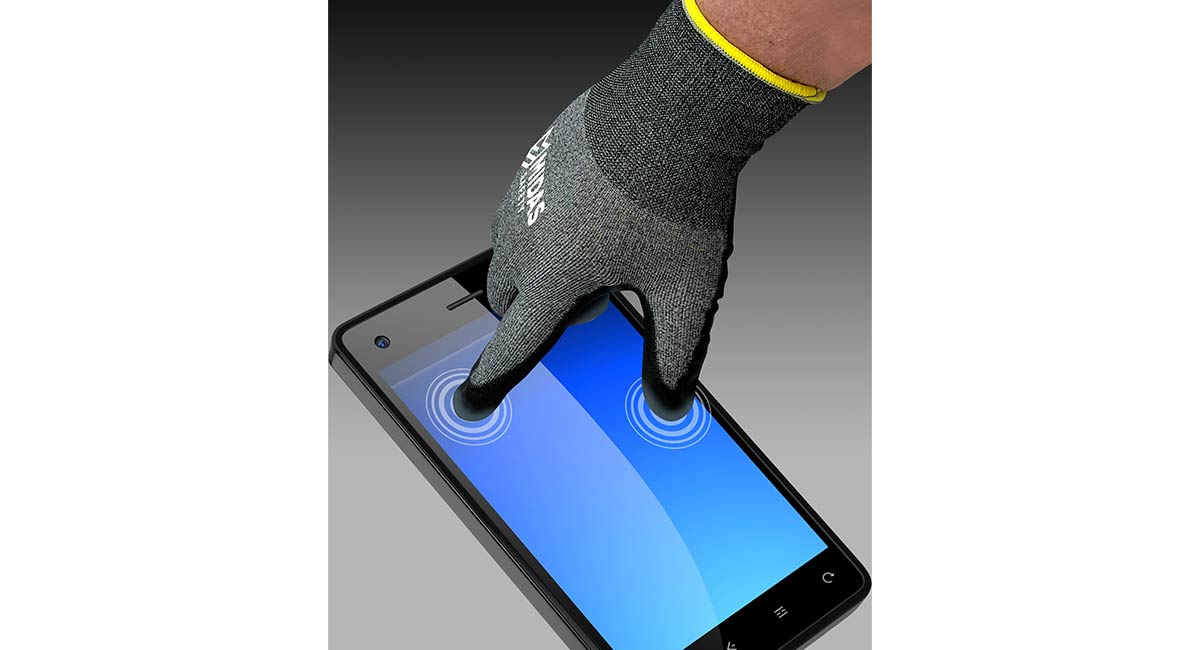Thinner and Greener – A Brief History of Protective Gloves

Hand Protection is Evolving to Meet the Needs of a Changing Workforce and Sustainability Goals
The “humble” protective gloves may not be something you would instinctively associate with innovation. Yet, these essential personal protective equipment (PPE) items have come a long way in recent decades. Zakir Abdi, Chief Research & Development Officer at Midas Safety, looks at how hand protection has evolved, leading the way in materials innovation and sustainable technology.
The hands remain one of the most vulnerable body parts in the workplace. According to Eurostat data, “upper extremities” (which include hands) account for nearly 4 in 10 of non-fatal workplace accidents in Europe. The U.S. Bureau of Labor Statistics recorded over 238 thousand hand injuries over the past two years. Given the risk level, wearing protective gloves is essential for many workers.
For much of its history, the number one purpose of gloves has been protecting workers’ hands against hazards like cuts or chemical exposure. Considerations like comfort and dexterity often came second. Yet, today, in most workplaces, these properties are just as important as safety. To understand why, we must look at how workplaces have evolved in recent decades.

Work is Changing, So Are Gloves
Look inside a factory from a few decades ago, and one thing would immediately stand out: components were generally larger and bulkier than they are today. An easy way to understand this is by comparing modern flat screens to television sets from 30 years ago. Since then, we have witnessed an unprecedented trend toward miniaturisation that continues to this day, driven by the electronics industry. Requirements for hand protection have evolved as a result.
In the past, the average industrial worker would handle relatively large pieces, meaning dexterity typically wasn’t a priority. Consequently, gloves trended to be thick and bulky, as safety was often the only concern. By contrast, many workers today handle significantly finer components, meaning comfort and dexterity are essential.
In parallel with miniaturisation, factories have experienced the so-called fourth industrial revolution. Entire manufacturing processes have undergone automation, with robots replacing more and more manual tasks. According to the International Federation of Robotics, the global number of operational industrial robots has increased by an average of 13% yearly since 2017, reaching nearly four million units in 2022. One consequence of this trend is that robots can now handle most of the heavier and bulkier parts while tasks requiring high dexterity are reserved for humans. Once again, protective gloves must enable rather than hinder these tasks.
Connectivity in the shape of the Internet of Things (IoT) is another essential component of the fourth industrial revolution, also known as Industry 4.0. This explosion in data and communications wouldn’t be possible without the widespread use of touch-screen devices in the workplace, from smartphones to industrial Programmable Logic Controllers (PLCs). Perhaps unsurprisingly, touch-screen compatibility is now a prerequisite for many protective gloves.
In addition, there is growing awareness of how hand protection can affect the quality of high-value electronic products. One example is electrostatic discharge (ESD), which can impair microchips and other electronic components during manufacturing. Gloves with anti-static properties have become the norm in these environments.

From Thin to Thinner
The above trends have led to growing demand for thinner gloves that minimise fatigue and maximise dexterity. The easiest way to measure a knitted glove’s thickness is by the “gauge” of the knitting machine – the lower the gauge, the thicker the glove. Historically, the primary challenge has been developing higher-gauge gloves without compromising their protection level. In the early 90’s, generally, the 7 gauge represented the thinnest cut-protective gloves the most advanced knitting machines could produce.
But over the past few years, producers of knitting machines, materials developers, and glove manufacturers like Midas Safety have joined forces to push the boundaries of thinness. Materials like tungsten and high-density polyethylene combined with more advanced knitting machinery and glove design have led to the development of gloves as thin as 21 gauge. These gloves are almost like a second skin and offer significantly reduced weight and excellent cut protection.

Sustainability and Innovation Go Hand in Hand
Sustainability is another significant factor driving the evolution of protective gloves. According to a Deloitte report, nearly 1 in 2 companies are “encouraging or requiring suppliers and business partners to meet specific environmental-sustainability criteria”. PPE suppliers are no exception.
Until recently, the environmental footprint of PPE wasn’t a top concern, but today, demand for more sustainable PPE is growing. Since the COVID-19 pandemic, public awareness of plastic waste from discarded masks and gloves is at an all-time high.
Gloves manufacturers like Midas Safety are rethinking their production process to minimise emissions and waste. From adopting renewable energy sources and reducing water usage during manufacturing to switching packaging made from recycled materials, there is a trend towards a more circular manufacturing model. Midas Safety is also redesigning products through the lens of sustainability. One example is replacing cotton-based liners – commonly used in gloves – with non-woven materials. These materials typically used for packaging require significantly less water than cotton. To put things into perspective, it takes roughly 2,700 litres of water to make a cotton t-shirt.

Life cycle assessment software enables companies like Midas Safety to measure a product’s carbon footprint. It is now possible to embed gloves with QR codes or labels that make this information accessible.
As the trends toward miniaturisation, automation, and sustainability continue to accelerate, the humble gloves will continue to evolve to enhance worker safety, comfort, and productivity. With companies like Midas Safety committing to measurable sustainability goals, PPE such as gloves can be part of the solution to a greener future.